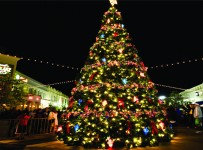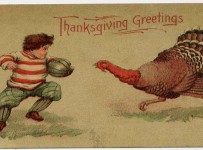Origin of April Fools’ Day
Yesterday was April Fools’ Day, otherwise known as the day that many people play pranks or practical jokes on one another.
Sometimes the jokes are creative, like in 1957 when the BBC reported Swiss farmers were harvesting spaghetti from trees.
Other times they are just plain silly like when Burger King announced they would be selling the left handed Whopper.
Did you fall for any April Fools’ Day pranks?
I did not, although, I had to take my car in for a repair yesterday and when I saw the bill I thought maybe my mechanics were playing a joke on me. Turns out they were not.
Isn’t a little odd that a holiday is built around making people look silly? Where did this tradition come from?
That is the question we will answer on today’s Wonder Why Wednesday…
What is the Origin of April Fools’ Day?
Much like the question of why someone would believe that there is actually a spaghetti tree, the question of where April Fool’s Day comes from is a little fuzzy.
The most common explanation dates it back to 1582 when Pope Gregory XIII created a new standard calendar for Christian Europe.
According to Discovery News, prior to Pope Gregory’s decree, Europe’s nations and city states operated using the Julian calendar. This new calendar moved the date of the new year from April 1 to January 1.
Some people were slow to come around to the change in new year date. Many Europeans continued to celebrate the new year between March 25 and April 1.
People who still celebrated the holiday in the spring were called April fools and were the subject of pranks and ridicule by those who observed the new year months ago.
I don’t know about you, but I expected the explanation of April Fools’ Day to involve something like a clown and pie in the face, not a pope and a new calendar.
In defense of the original April fools, the calendar system in 1582 couldn’t have been that easy to figure out. It’s not like they had Windows 8 or Apple iOS 7 to help them figure out the time and date. They barely even had glass windows and edible apples.
(Photo credit: Wikipedia)


